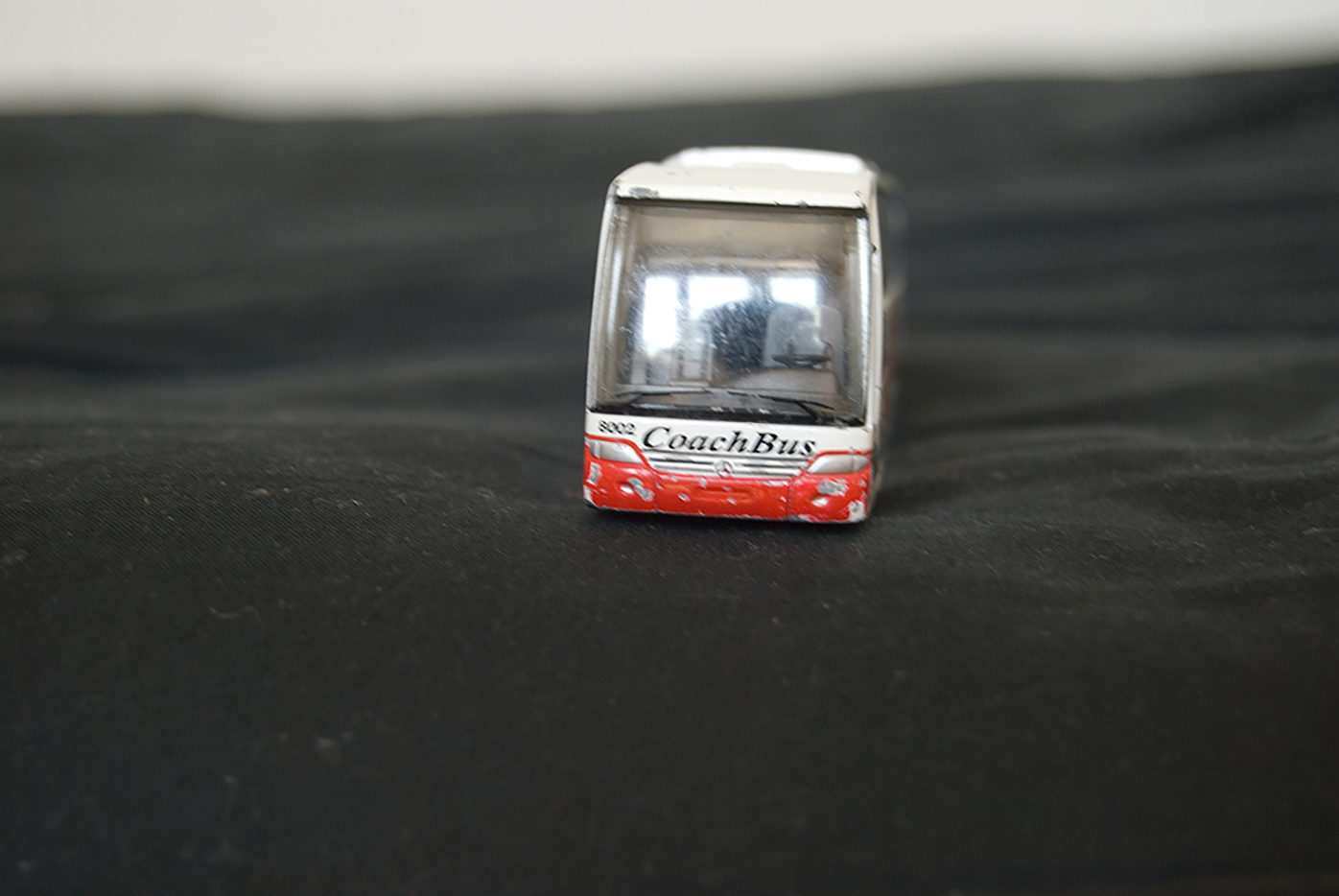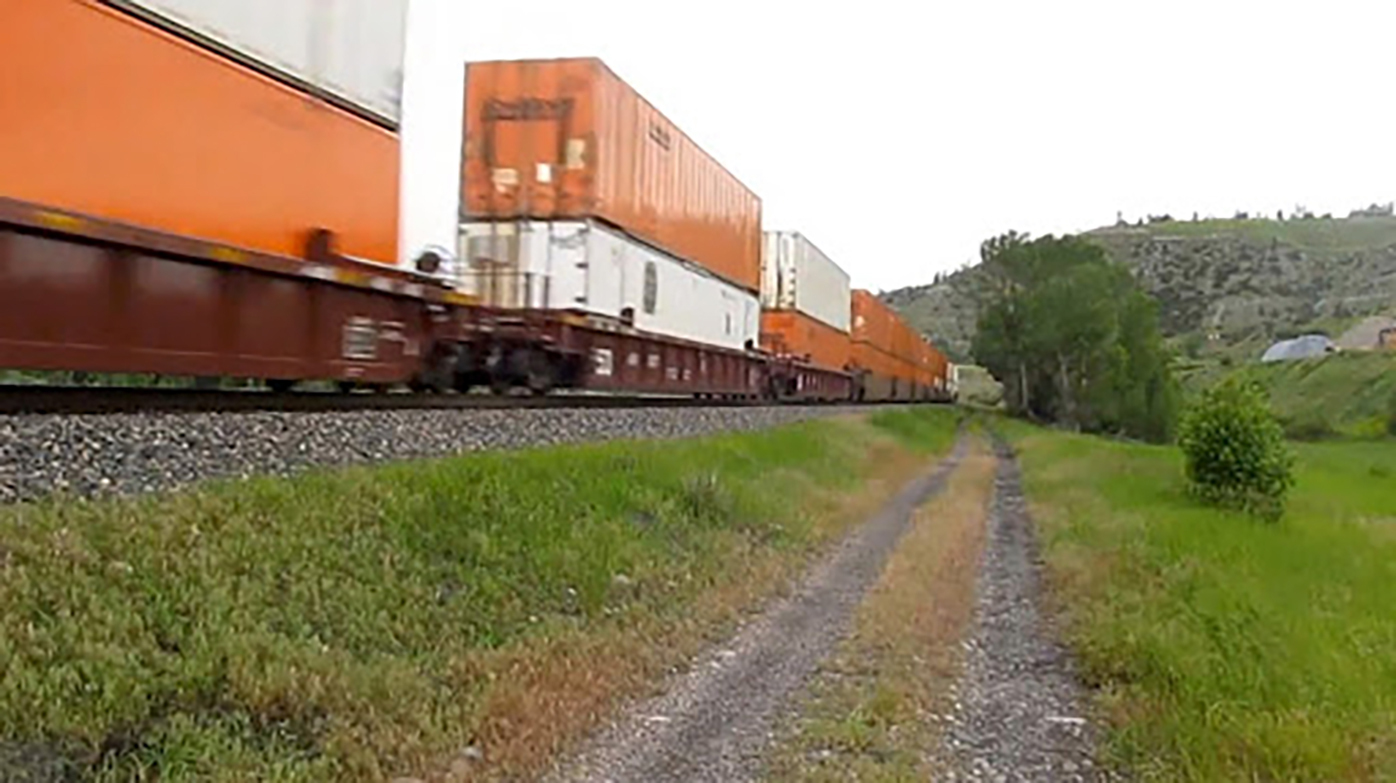Text 13
Text 13, 2012, a video-documentation, 2013, view from the exhibition Get on with your work Jirka! Měsíc ve Dne Gallery, České Budějovice, 2015, photo: Měsíc ve dne Gallery
Prologue
I’m always surprised
about what I learn from people thanks to UNBOXING. A few months ago, actually
half a year ago, one of those people was Marek Tomin. During our conversation
Marek told me that the very first kind of geeky pastime and obsession at one
and the same time was trainspotting. What is it? It mostly involves blokes
hanging around railway lines, trying spot and at the same time record as many
rare locomotives and other rolling stock as possible. The beginnings of this
social activity can be dated back to the second half of the 19th century. I
tried to verify this fact but discovered that the first guide to trains and
railway networks intended specifically for trainspotters wasn’t published until
after WW2. That doesn’t change anything about the fact that England is the
cradle of this pastime and thus of geek activities in general, however.
Two number ones,
one vertical line with a
little beak at the top
and one more,
that makes two.
![]()
Darius has been diagnosed
with Asperger’s syndrome—a disorder in which sufferers can become obsessed with
particular topics, often exhibiting, as Darius does, an astonishing level of
expertise. This significant fact didn’t come up until rather recently though--
when it was brought to the attention of the presiding judge who last sentenced
Darius. Despite the fact nothing Darius has done has ever caused an injury or
even recklessly endangered anyone, at that sentencing, in 2001, Justice Carol
Berkman wasted no time in deriding Darius, ignoring the Aspergers and
sentencing him to 2 1/2 to 5 years in state prison.[1]
A few hundred metres
further along a row of silver birches appeared where the track used to be,
there was slag poking through their roots and a bit further on there was a
little bridge. After another circa 100 metres, a ditch stood out in front of a
little garden colony and behind the fence there was a most bizarre, dilapidated
building. According to the map there had once been a railway station building
there.[2]
He was sitting on the
train, watching a telephone line; it was suspended between wooden poles,
curving downwards slightly. His eyes were fixed on the thin black line, rising
and falling in a regular pattern. His eyes didn’t move, he was pressing his
cheek against the dew-covered window and moving it up and down, severing
reality in half. The treetops above the telephone line were shedding their
leaves. Inexorably, the train was receding into the distance away from the
freshly bared tree trunks.
![]()
In ‘Catch me if you can’
Steven Spielberg’s 2002 blockbuster based on the true story of con artist Frank
Abagnale Jr., a buttoned down G-man played by Tom Hanks, stalks and eventually
arrests a daring and inventive check forger played by the ever limber Leonardo
Dicpario. The film, set in the late 60’s and early 70’s probes the emergent
bonds between cop and crook, delicately delving into the minds and humanity of each
of the fundamentally isolated characters.[3]
I loved those nights when
the four of them roared past beneath my window. You could already hear it when
it was departing from Olomouc, six kilometres away. The open window channelled
that beautiful sound into the room. I savoured it and looked forward to the
next one passing by. Back then I didn’t run around railway stations and tracks
with a camera. I just used to sit around on the platform in Velká Bystřice,
observing all the action. A lot has changed since then. The locomotives known
familiarly as the Brigitte Bardots have gradually disappeared, fallen through
the trapdoor of history or been cut up into scrap metal by oxyacetylene
torches, and all I have left are these memories.[4]
He’s watching him with
interest as he tries to keep hold of the camera in his hands, as he puts it in
front of his left eye, trying to narrow his right eye at the same time. Just
like his mother does, who owns the camera. He walks behind him, concerned about
her means of production, but he doesn’t want to take it from him; he’s curious
about how this will turn out. Once the son finally manages to take the first
photograph, he decides to put the SLR on a tripod and set it up in such a way
that the son can take photographs. Then they select his favourite toy cars
together, he places them on the bed, opposite the lens. Eda concentrates each
time he presses the shutter release, waits a moment and then joyfully shows him
the miniaturised toy car with his finger on the LCD screen.
![]()
![]()
![]()
![]()
![]()
![]()
![]()
![]()
![]()
![]()
![]()
![]()
photo: Eduard Skála

















